4th International Conference Nanobiophysics: Fundamental and Applied Aspects, 1-4 October 2015, Kyiv, Ukraine
Nanodiamonds for drug delivery and other biomedical applications
O. Gogotsi1, Y. Gogotsi2, V. Mochalin2, Y. Zozulya1, B. Malinovskiy1, V. Zahorodna1, I. Uvarova3, H. Gogotsi3,
1 Materials Research Centre, 3 Akademika Krzhyzhanovs'koho St, Kyiv 03680, Ukraine, E-mail:
Этот e-mail адрес защищен от спам-ботов, для его просмотра у Вас должен быть включен Javascript
2 A. J. Drexel Nanomaterials Institute, and Department of Materials Science and Engineering, Drexel University, Philadelphia, PA 19104, USA, E-mail:
Этот e-mail адрес защищен от спам-ботов, для его просмотра у Вас должен быть включен Javascript
3 Frantsevich Institute for Problems of Materials Science of NASU, 3 Akademika Krzhyzhanovs'koho St, Kyiv 03680, Ukraine, E-mail:
Этот e-mail адрес защищен от спам-ботов, для его просмотра у Вас должен быть включен Javascript
Abstract
Carbon nanomaterials hold tremendous potential in addressing the two major issues faced by our society: providing energy and improving healthcare. Nanodiamond powder produced by detonation synthesis is one of the most promising carbon nanomaterials for drug delivery and theranostics [1], [2]. Diamond particles have a ~4-5 nm stable core and a large surface area with tailorable surface chemistry. Nanodiamonds have unique optical, mechanical and thermal properties. These properties have recently started to attract much interest for different biomedical applications [3]. Rich surface chemistry, nontoxicity and good biocompatibility of diamond nanoparticles make them attractive in biomaterial applications [4].
The development of new methods for obtaining free nanodiamond particles opens up new possibility for targeted drug-delivery systems that overcome cell membranes, various biological markers, systems intended for determination of the concentration of bioactive agents in living organisms, and others applications [5]. For tissue engineering scaffolds, the non-toxic fluorescent nanodiamond introduced into biodegradable polymers provides increased strength, visual monitoring, and enhanced biomineralization [6].
Nanodiamond (ND) particles are increasingly being utilized as diagnostic, imaging, and therapeutic agents in biomedicine [7]. In the area of biomedical imaging and diagnostics, luminescent nanodiamond with NV centers, as well as chemically modified fluorescent nanodiamond, hold tremendous potential to replace toxic semiconductor quantum dots, thus bringing this exciting potential application one step closer to the clinics [8]. Before nanodiamonds could be applied, they have to undergo multistage purification, characterization and surface modification. Various approaches of surface modification and functionalization of nanodiamond allow to enhance and control drug adsorption for prolongation of drug action and chemical binding of the drugs for sustained drug release for their further use as a drug delivery platform. As for drug delivery, this study mainly focuses on adsorption of antibiotics that will be discussed in detail. We demonstrate results of physical−chemical study of the adsorption of doxorubicin, polymyxin B and rifampicin on nanodiamonds.
References:
[1]. V. Mochalin, O. Shenderova, D. Ho, Y. Gogotsi The Properties and Applications of Nanodiamonds (Review), Nature Nanotechnology, 7 (1), p.11-23 (2012)
[2]. V. Mochalin, A. Pentecost, X.-M. Li, I. Neitzel, M. Nelson, C. Wei, T. He, F. Guo, Y. Gogotsi Adsorption of Drugs on Nanodiamond: Toward Development of a Drug Delivery Platform, Molecular Pharmaceutics, 10 (10), p.3728-3735 (2013)
[3]. O. Shenderova, D. Gruen, ed. Detonation Nanodiamonds: Science and Applications (2nd Edition), CRC Press (2014)
[4]. Q. Zhang, V. Mochalin, I. Neitzel, I. Knoke, J. Han, C. Klug, J. Zhou, P. Lelkes, Y. Gogotsi, Fluorescent PLLA-nanodiamond composites for bone tissue engineering, Biomaterials, 32 (1), p. 87-94 (2011)
[5]. A. Schrand, S. Hens, O. Shenderova Nanodiamond particles: properties and perspectives for bioapplications, Critical Reviews in Solid State and Materials Sciences, 34(1–2), p. 18–74 (2009)
[6]. Q. Zhang, V. Mochalin, I. Neitzel, K. Hazeli, J. Niu, A. Kontsos, J. G. Zhou, P. I. Lelkes, Y. Gogotsi Multifunctional Nanodiamond-PLLA Scaffolds for Bone Tissue Engineering: Enhanced Mechanical Strength and Biomineralization, Biomaterials, 33 (20), p.5067-5075 (2012)
[7]. V. Vaijayanthimala, D. Lee, S. Kim, A. Yen, D. Tsai, H.-C. Chang, O. Shenderova Nanodiamond-mediated drug delivery and imaging: challenges and opportunities, Expert Opinion on Drug Delivery 12 (6), p. 1-15 (2014)
[8]. G. Balasubramanian, A. Lazariev, S. R. Arumugam, et al. Nitrogen-Vacancy color center in diamond-emerging nanoscale applications in bioimaging and biosensing. Current Opinion in Chemical Biology 20, p. 69-77 (2014)
Download PDF version of Nanodiamonds for drug delivery and other biomedical applications
Here you can find Book of Abstract of the Conference NBP 2015






 Highlights
Highlights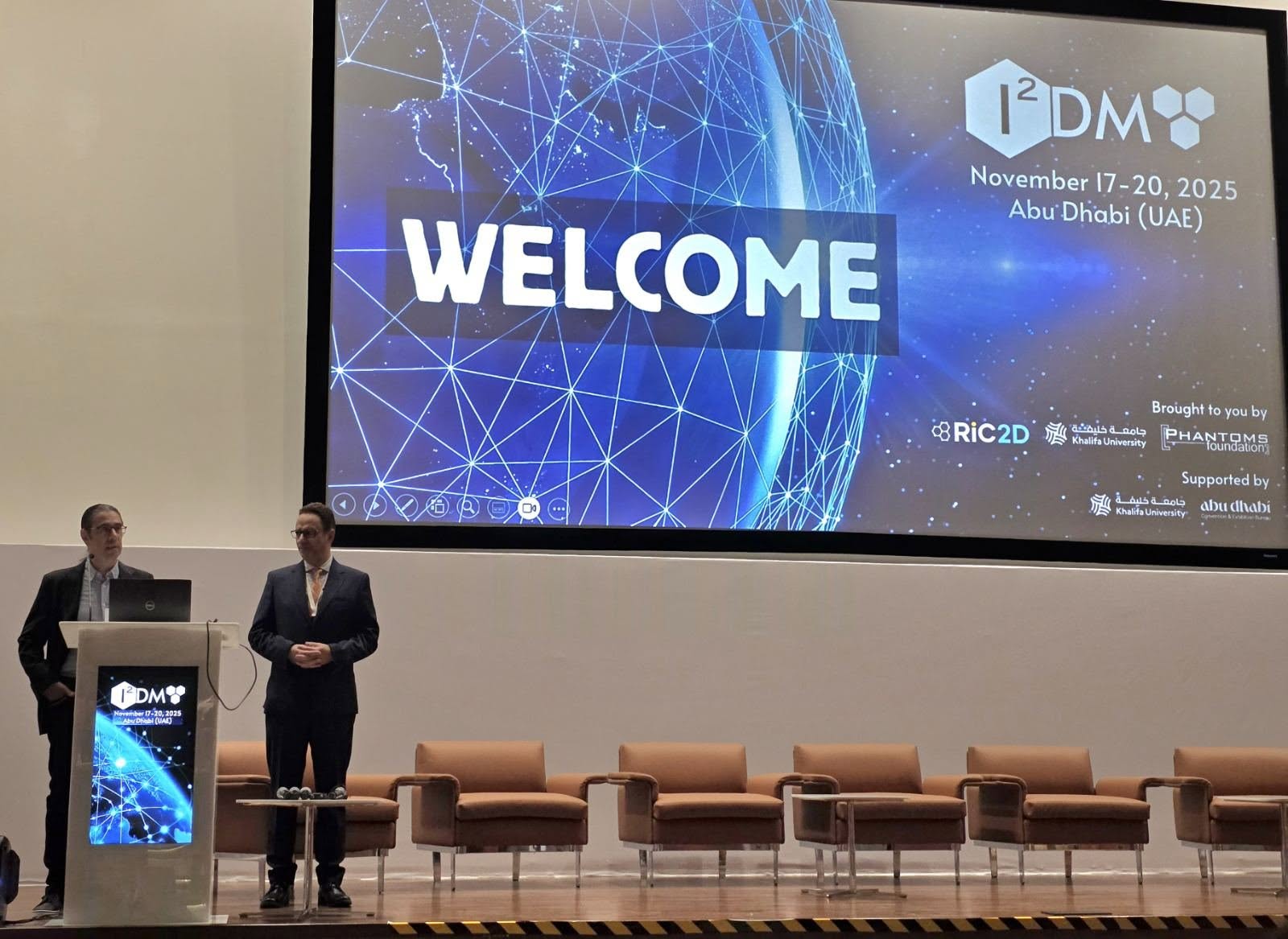 We are excited to share that our Carbon-Ukraine (Y-Carbon LLC) company participated in the I2DM Summit and Expo 2025 at Khalifa University in Abu-Dhabi! Huge thanks to Research & Innovation Center for Graphene and 2D Materials (RIC2D) for hosting such a high-level event.It was an incredible opportunity to meet brilliant researchers and innovators working on the next generation of 2D materials. The insights and energy from the summit will definitely drive new ideas in our own development.
We are excited to share that our Carbon-Ukraine (Y-Carbon LLC) company participated in the I2DM Summit and Expo 2025 at Khalifa University in Abu-Dhabi! Huge thanks to Research & Innovation Center for Graphene and 2D Materials (RIC2D) for hosting such a high-level event.It was an incredible opportunity to meet brilliant researchers and innovators working on the next generation of 2D materials. The insights and energy from the summit will definitely drive new ideas in our own development. Carbon-Ukraine team had the unique opportunity to visit XPANCEO - a Dubai-based deep tech startup company that is developing the first smart contact lenses with AR vision and health monitoring features, working on truly cutting-edge developments.
Carbon-Ukraine team had the unique opportunity to visit XPANCEO - a Dubai-based deep tech startup company that is developing the first smart contact lenses with AR vision and health monitoring features, working on truly cutting-edge developments. Our Carbon-Ukraine team (Y-Carbon LLC) are thrilled to start a new RIC2D project MX-Innovation in collaboration with Drexel University Yury Gogotsi and Khalifa University! Amazing lab tours to project collaborators from Khalifa University, great discussions, strong networking, and a wonderful platform for future collaboration.
Our Carbon-Ukraine team (Y-Carbon LLC) are thrilled to start a new RIC2D project MX-Innovation in collaboration with Drexel University Yury Gogotsi and Khalifa University! Amazing lab tours to project collaborators from Khalifa University, great discussions, strong networking, and a wonderful platform for future collaboration.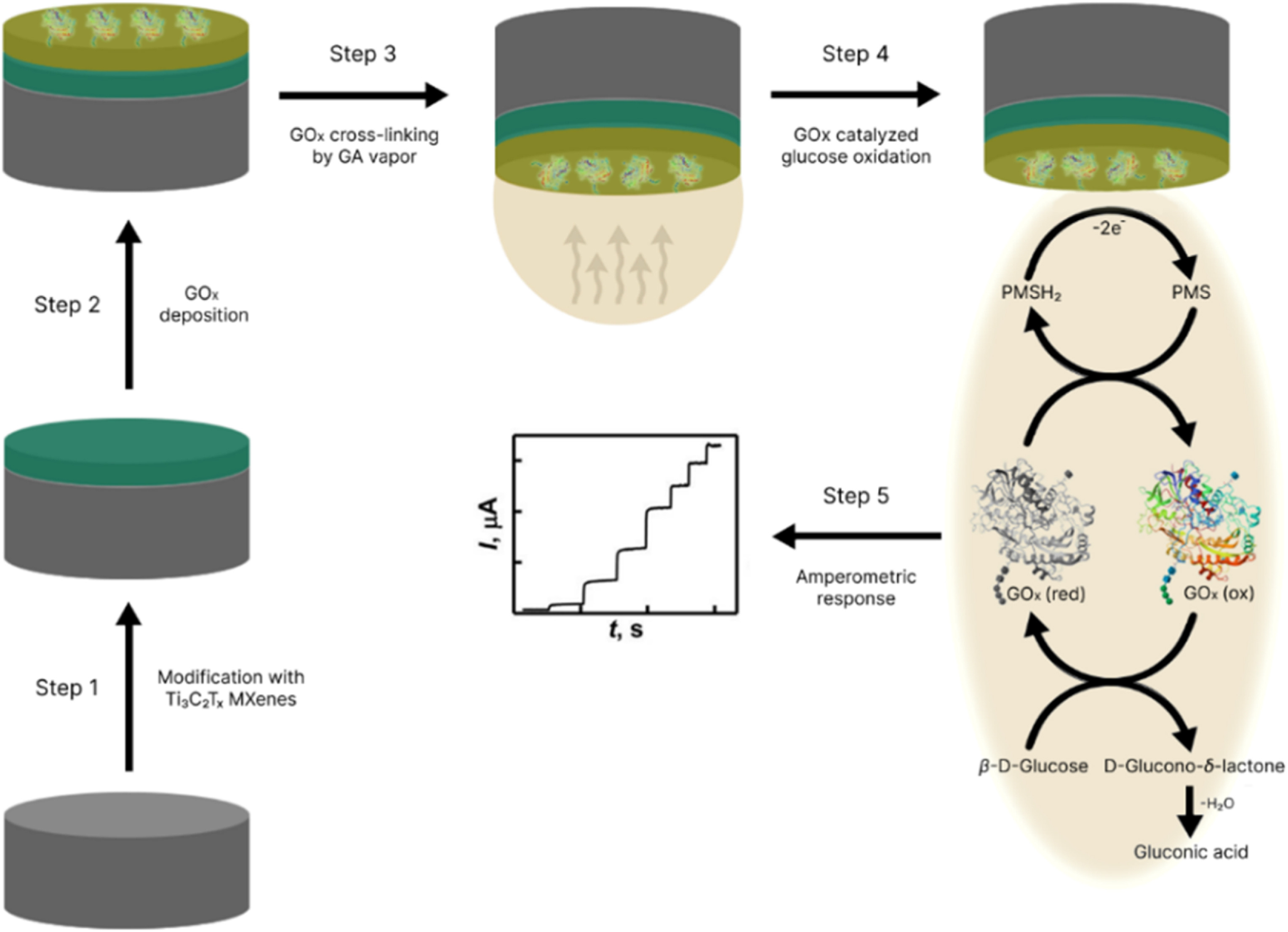
 MXenes potential applications include sensors, wound healing materials, and drug delivery systems. A recent study explored how different synthesis methods affect the safety and performance of MXenes. By comparing etching conditions and intercalation strategies, researchers discovered that fine-tuning the surface chemistry of MXenes plays a crucial role in improving biocompatibility. These results provide practical guidelines for developing safer MXenes and bring the field one step closer to real biomedical applications.
MXenes potential applications include sensors, wound healing materials, and drug delivery systems. A recent study explored how different synthesis methods affect the safety and performance of MXenes. By comparing etching conditions and intercalation strategies, researchers discovered that fine-tuning the surface chemistry of MXenes plays a crucial role in improving biocompatibility. These results provide practical guidelines for developing safer MXenes and bring the field one step closer to real biomedical applications. An excellent review highlighting how MXene-based sensors can help tackle one of today’s pressing environmental challenges — heavy metal contamination. Excited to see such impactful work moving the field of environmental monitoring and sensor technology forward!
An excellent review highlighting how MXene-based sensors can help tackle one of today’s pressing environmental challenges — heavy metal contamination. Excited to see such impactful work moving the field of environmental monitoring and sensor technology forward!
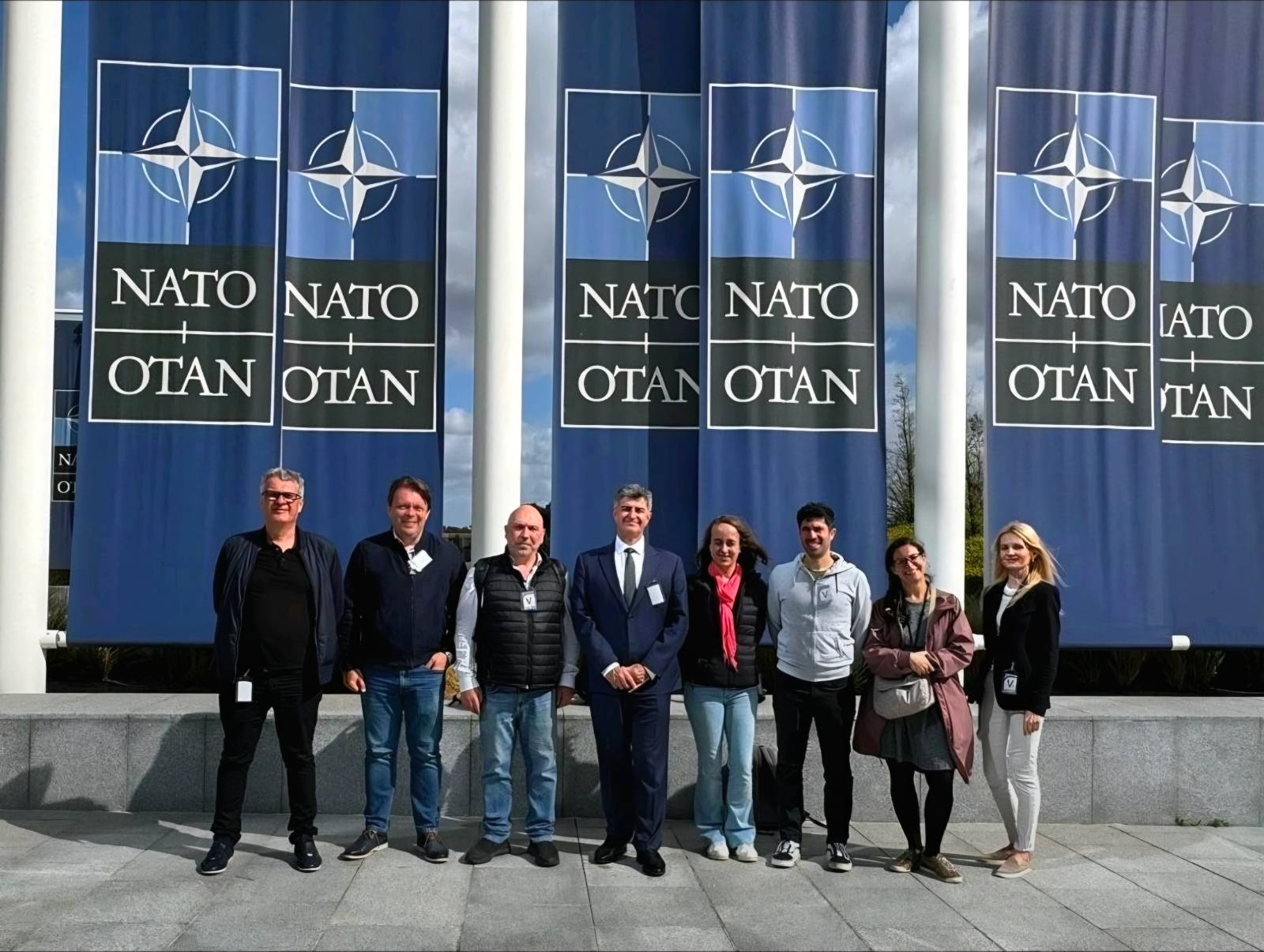 Carbon-Ukraine team was truly delighted to take part in the kickoff meeting of the ATHENA Project (Advanced Digital Engineering Methods to Design MXene-based Nanocomposites for Electro-Magnetic Interference Shielding in Space), supported by NATO through the Science for Peace and Security Programme.
Carbon-Ukraine team was truly delighted to take part in the kickoff meeting of the ATHENA Project (Advanced Digital Engineering Methods to Design MXene-based Nanocomposites for Electro-Magnetic Interference Shielding in Space), supported by NATO through the Science for Peace and Security Programme. Exellent news, our joint patent application with Drexel University on highly porous MAX phase precursor for MXene synthesis published. Congratulations and thanks to all team involved!
Exellent news, our joint patent application with Drexel University on highly porous MAX phase precursor for MXene synthesis published. Congratulations and thanks to all team involved!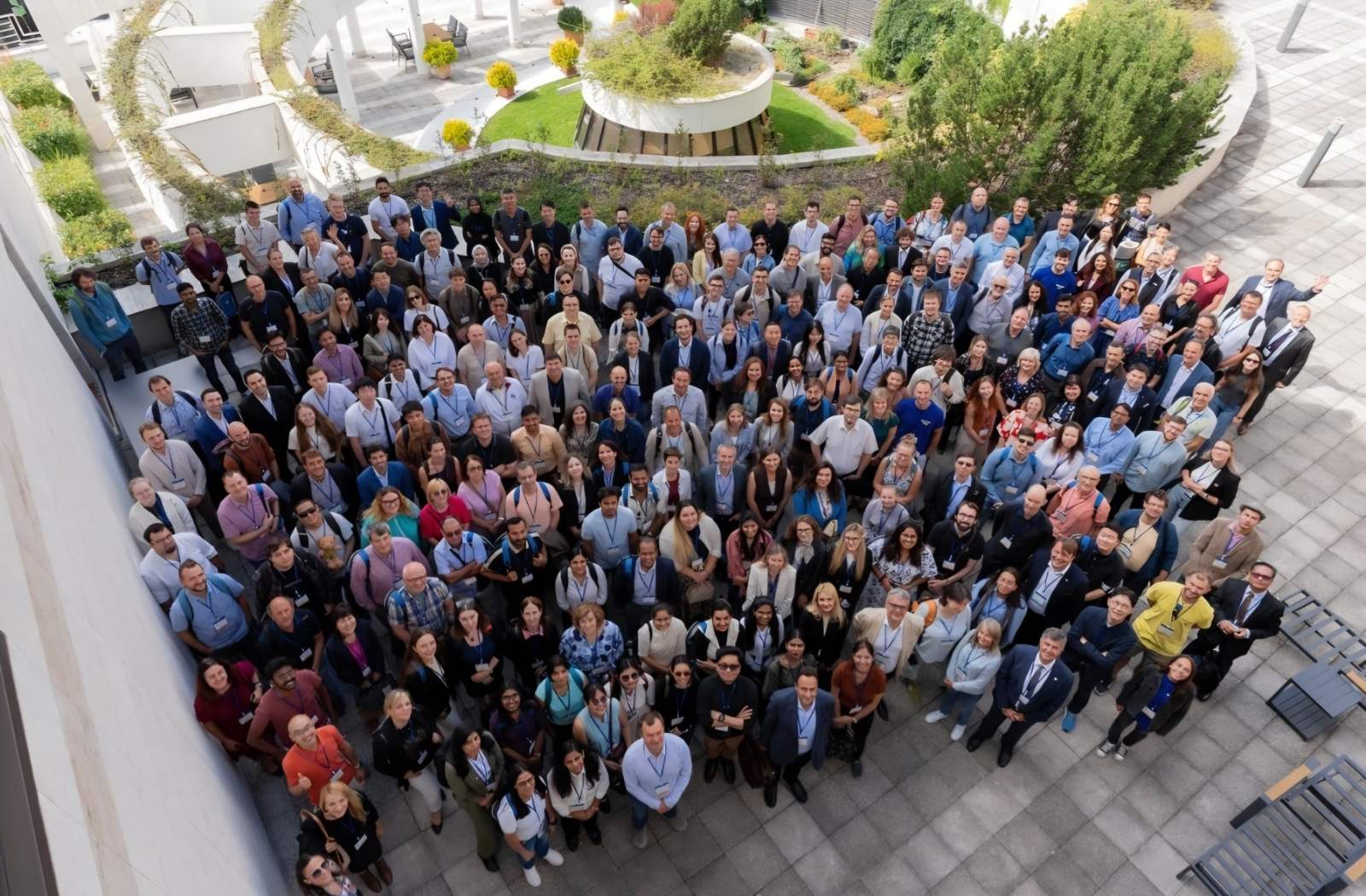 Our team was very delighted to take part in International Symposium "The MXene Frontier: Transformative Nanomaterials Shaping the Future" – the largest MXene event in Europe this year!
Our team was very delighted to take part in International Symposium "The MXene Frontier: Transformative Nanomaterials Shaping the Future" – the largest MXene event in Europe this year!  Last Call! Have you submitted your abstract for IEEE NAP-2025 yet? Join us at the International Symposium on "The MXene Frontier: Transformative Nanomaterials Shaping the Future" – the largest MXene-focused conference in Europe this year! Final Submission Deadline: May 15, 2025. Don’t miss this exclusive opportunity to showcase your research and engage with world leaders in the MXene field!
Last Call! Have you submitted your abstract for IEEE NAP-2025 yet? Join us at the International Symposium on "The MXene Frontier: Transformative Nanomaterials Shaping the Future" – the largest MXene-focused conference in Europe this year! Final Submission Deadline: May 15, 2025. Don’t miss this exclusive opportunity to showcase your research and engage with world leaders in the MXene field!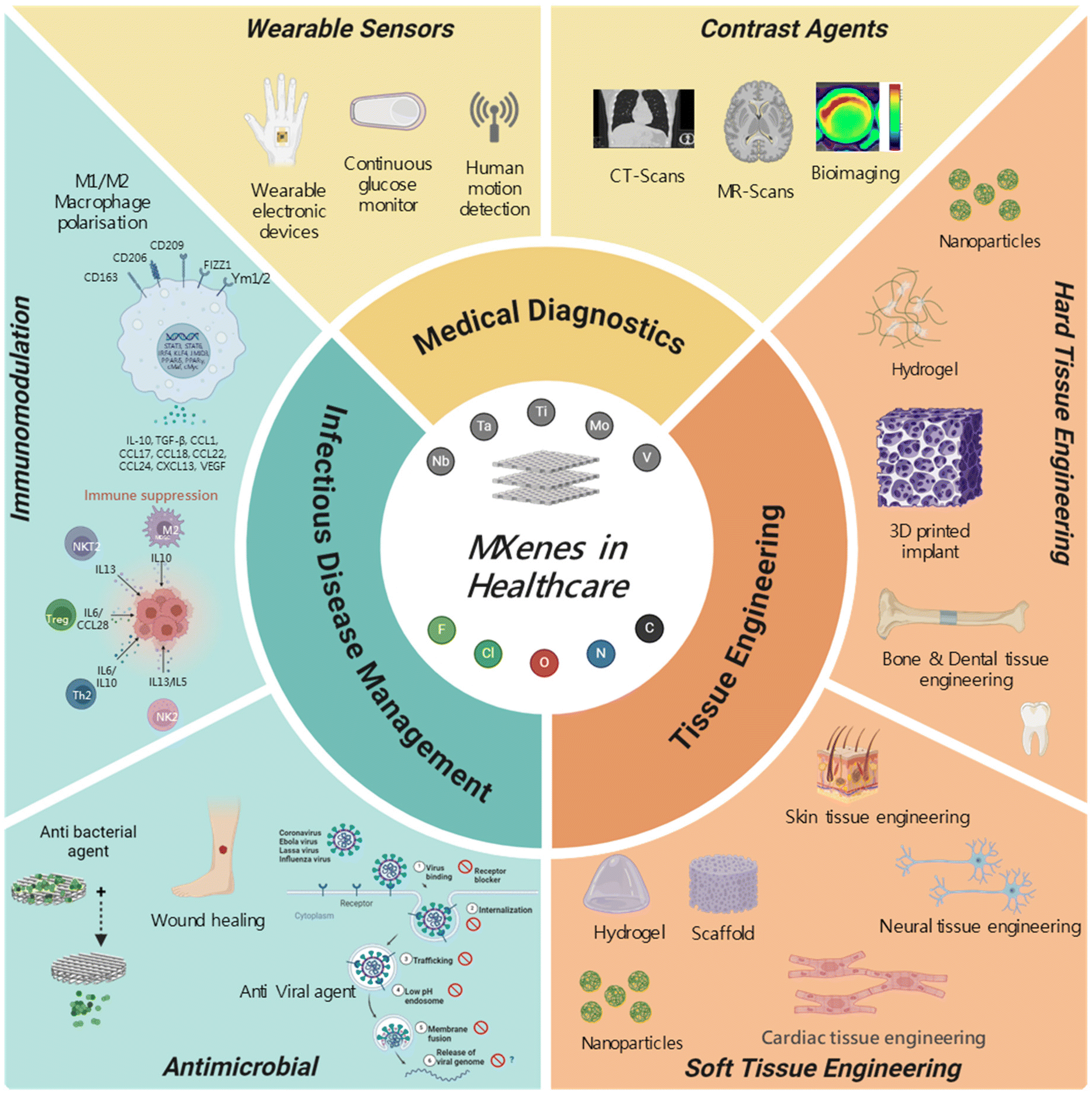 We are excited to announce the publication of latest review article on MXenes in Healthcare. This comprehensive review explores the groundbreaking role of MXenes—an emerging class of 2D materials—in revolutionizing the fields of medical diagnostics and therapeutics. Read the full article here: https://doi.org/10.1039/D4NR04853A.
We are excited to announce the publication of latest review article on MXenes in Healthcare. This comprehensive review explores the groundbreaking role of MXenes—an emerging class of 2D materials—in revolutionizing the fields of medical diagnostics and therapeutics. Read the full article here: https://doi.org/10.1039/D4NR04853A. Congratulations and thank you to our collaborators from TU Wien and CEST for very interesting work and making it published! In this work, an upscalable electrochemical MXene synthesis is presented. Yields of up to 60% electrochemical MXene (EC-MXene) with no byproducts from a single exfoliation cycle are achieved.
Congratulations and thank you to our collaborators from TU Wien and CEST for very interesting work and making it published! In this work, an upscalable electrochemical MXene synthesis is presented. Yields of up to 60% electrochemical MXene (EC-MXene) with no byproducts from a single exfoliation cycle are achieved. Congratulations to all collaborators with this interesting joint work!
Congratulations to all collaborators with this interesting joint work!